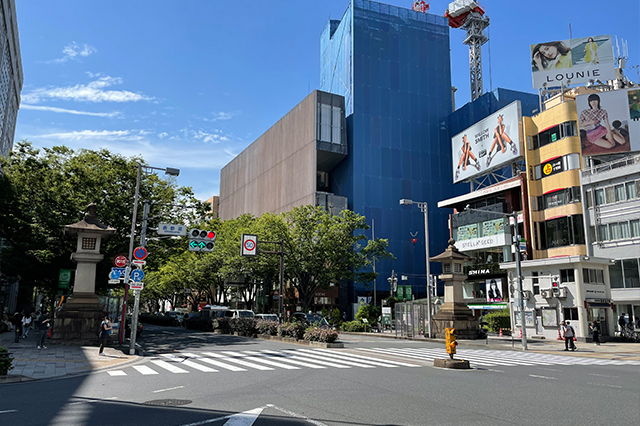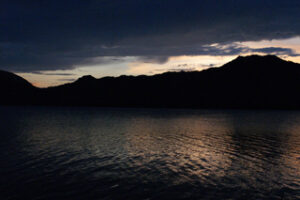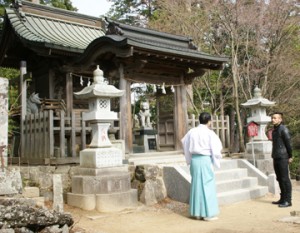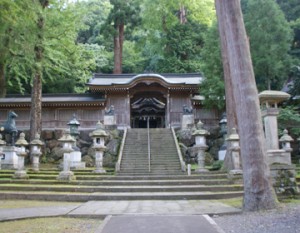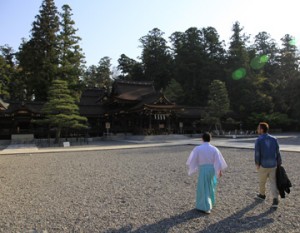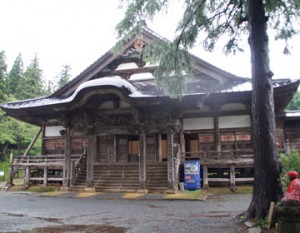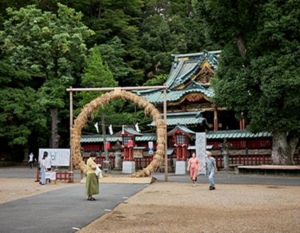Serene place unlike any other in Tokyo
Meiji Shrine is dedicated to Emperor Meiji, the 122nd emperor and his wife Empress Shoken. Despite being located in the center of Tokyo, it is the size of 15 baseball domes, and is known for having the most worshippers for New Years.
In 2012, it was included in the top 20 three star tourist spots in Japan by Michelin, positioning it as a globally recognized tourist spot that is representative of Japan.
Meiji Shrine was built in tribute to Emperor Meiji and Empress Shoken who passed in 1912 and 1914 respectively, in a location that is closely associated with them with great support of Japanese citizens.
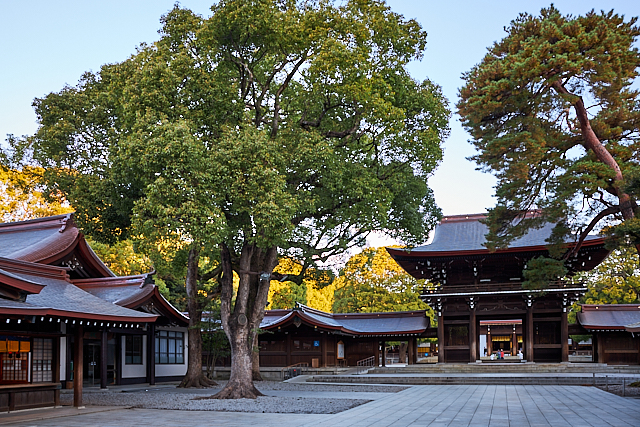
The gates open at sun rise and close at sunset.
In December when Nakata visited, the gates opened at 6:40 am.
“Meiji Shrine was built in 1920, more than 100 years ago. The 700,000 square meter forest was planted with about 100,000 trees which were donated from around the country. It has grown to be an abundant forest that is loved by Japanese citizens.”
The air is crisp first in the morning and filled with the scent of vegetation. Only the sounds of chirping birds is audible. It is so serene, and the air is so clear that you almost forget you’re in the middle of Tokyo as you walk through the lush green grounds, listening to junior priest Muneaki Hirao who handles public relations for the shrine.
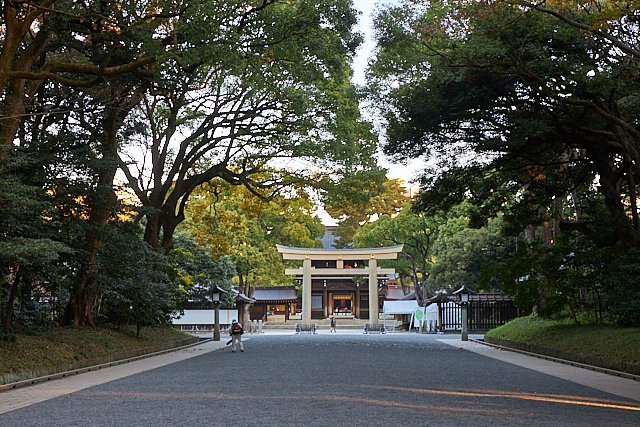
Omotesando is originally a path to Meiji Shrine
The Yoyogi area is made of Kanto loam which makes it inadequate for coniferous trees, so broad leave evergreens were planted. The trees were donated not only from around the nation, but also Sakhalin, Manchuria, Taiwan and the Korean Peninsula.
After a short walk, a large “torii” (gate) and the main shrine appear. Despite the early morning visit, some worshippers were already there, including some businesspersons in suits.
“Some people visit the shrine on their way to work.”
We purified our hands and mouth to pray, and notice the many scratches on the wooden pillar.
“These scratches are from the worshippers tossing their coins into the collection bin from far away.”
The scratches are unique to Meiji Shrine which boasts more than 3 million visitors annually. While we often see images of Meiji Shrine filled with worshippers, it’s rare to see it so quiet. It seems like a totally different world, and you almost forget you’re in a big city.
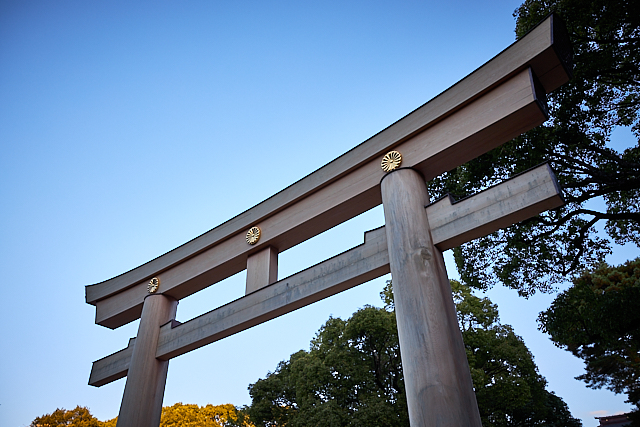
“Many don’t realize it, but Omotesando is a path leading up to Meiji Shrine. There is a stone lantern at the Harajuku intersection and the intersection at route 246.” (Junior Priest Hirao)
“Omotesando has become such a familiar word that I thought it was a word often used for a location. I didn’t realize it’s originally a path to Meiji Shrine.” (Nakata)
There are often new discoveries even in locations that may seem familiar. Our visit to Meiji Shrine early in the morning brought allowed us to experience a side of Tokyo that was refreshing.
